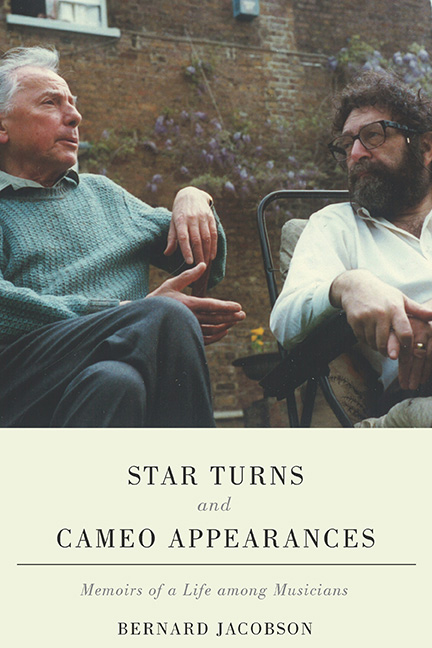Book contents
- Frontmatter
- Dedication
- Contents
- Preface
- Acknowledgments
- 1 “Till Ready,” to 1960
- 2 Inside the Record Industry, 1960–64
- 3 Freelance in London and New York, 1964–67
- 4 Chicago Years, 1967–73
- 5 Exchanging Criticizing for Supporting, 1973–76
- 6 The Pastoral Dream, 1976–79
- 7 Inside Music Publishing, 1979–84
- 8 Philadelphia, First Installment, 1984–91
- 9 Back to Holland, 1992–95
- 10 Philadelphia, Second Installment, 1996–2005
- 11 West Coast Years, 2005–14
- 12 Philadelphia, Yet Again, 2014–?
- Afterword
- Index
- Photographs follow page 148
- Plate section
1 - “Till Ready,” to 1960
Published online by Cambridge University Press: 05 February 2016
- Frontmatter
- Dedication
- Contents
- Preface
- Acknowledgments
- 1 “Till Ready,” to 1960
- 2 Inside the Record Industry, 1960–64
- 3 Freelance in London and New York, 1964–67
- 4 Chicago Years, 1967–73
- 5 Exchanging Criticizing for Supporting, 1973–76
- 6 The Pastoral Dream, 1976–79
- 7 Inside Music Publishing, 1979–84
- 8 Philadelphia, First Installment, 1984–91
- 9 Back to Holland, 1992–95
- 10 Philadelphia, Second Installment, 1996–2005
- 11 West Coast Years, 2005–14
- 12 Philadelphia, Yet Again, 2014–?
- Afterword
- Index
- Photographs follow page 148
- Plate section
Summary
I was about eleven years old, living in London, and my musical tastes, formed through constant listening to the BBC, were primitive to say the least. They mainly embraced regimental marches played by the Black Dyke Mills Band (associated with an industrial company in West Yorkshire), along with songs sung by a robust English bass named Norman Allin and vocal duets by the wife-and-husband team of Anne Ziegler and Webster Booth. Occasionally I would give ear-time to a “classical” selection like the overture to Off enbach's Orpheus in the Underworld—the one that ends with the famous cancan—which I first heard played by Sir Dan Godfrey and what was still called the Bournemouth Municipal Orchestra (today's Bournemouth Symphony).
Then I fell in love with the Trumpet Voluntary by Jeremiah Clarke, attributed at that time to Purcell. Years later, at a Manhattan School concert in New York, I heard the conductor Walter Susskind cut the Gordian knot of attribution by outlining the various theories and then summarizing his conclusion as “Purcell's Trumpet Voluntary, by Jeremiah Clarke.” Anyway, back then in 1947, I had to find a record of it. I saved my pennies, went along to the HMV shop on Oxford Street, and bought a 78 that had the Voluntary on one side, played by a leading trumpeter of the day, Harry Mortimer, with an organist of equal fame and equally middlebrow style, Reginald Foort. I didn't even notice what was on the other side. Then one evening, after playing the Voluntary on the old wind-up gramophone in my bedroom, I turned the record over, and found something called the finale of the Trumpet Concerto in E-fl at Major by Haydn, again played by Mortimer, but this time, mercifully, with an orchestra. I put it on the turntable, wound the machine up, inserted a brand-new steel needle—and the rest is history. This was the record that projected me headlong into my lifelong love-affair with music. Within about three weeks, by playing “side two” about five times every night before going to bed (“side one” remained thereafter unheard), I and my steel needles had completely worn out the Haydn recording.
- Type
- Chapter
- Information
- Star Turns and Cameo AppearancesMemoirs of a Life among Musicians, pp. 1 - 24Publisher: Boydell & BrewerPrint publication year: 2015



